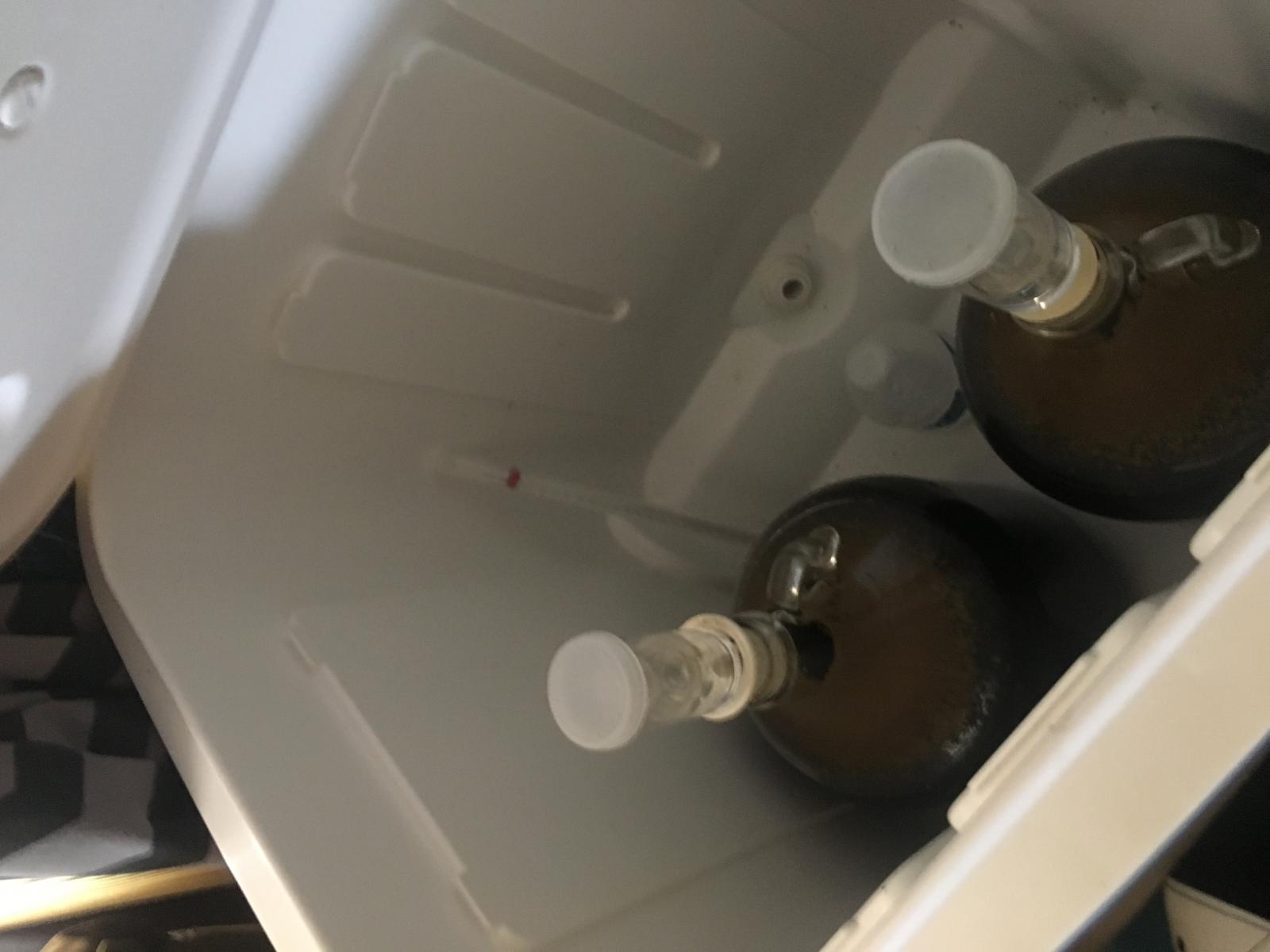danerelj
Active Member
- Joined
- Jun 26, 2016
- Messages
- 34
- Reaction score
- 1
Hey guys, tried searching and couldn't find much. Just wondering what sort of equipment I would need to do a 1 gallon BIAB batch, just a few trial experiments?
Also if there's any calculators for grain and water quantities that would be great as I have no idea as I'm just starting out after doing several 5 gal kits.
Thanks in advance
Also if there's any calculators for grain and water quantities that would be great as I have no idea as I'm just starting out after doing several 5 gal kits.
Thanks in advance









![Craft A Brew - Safale BE-256 Yeast - Fermentis - Belgian Ale Dry Yeast - For Belgian & Strong Ales - Ingredients for Home Brewing - Beer Making Supplies - [3 Pack]](https://m.media-amazon.com/images/I/51bcKEwQmWL._SL500_.jpg)





























